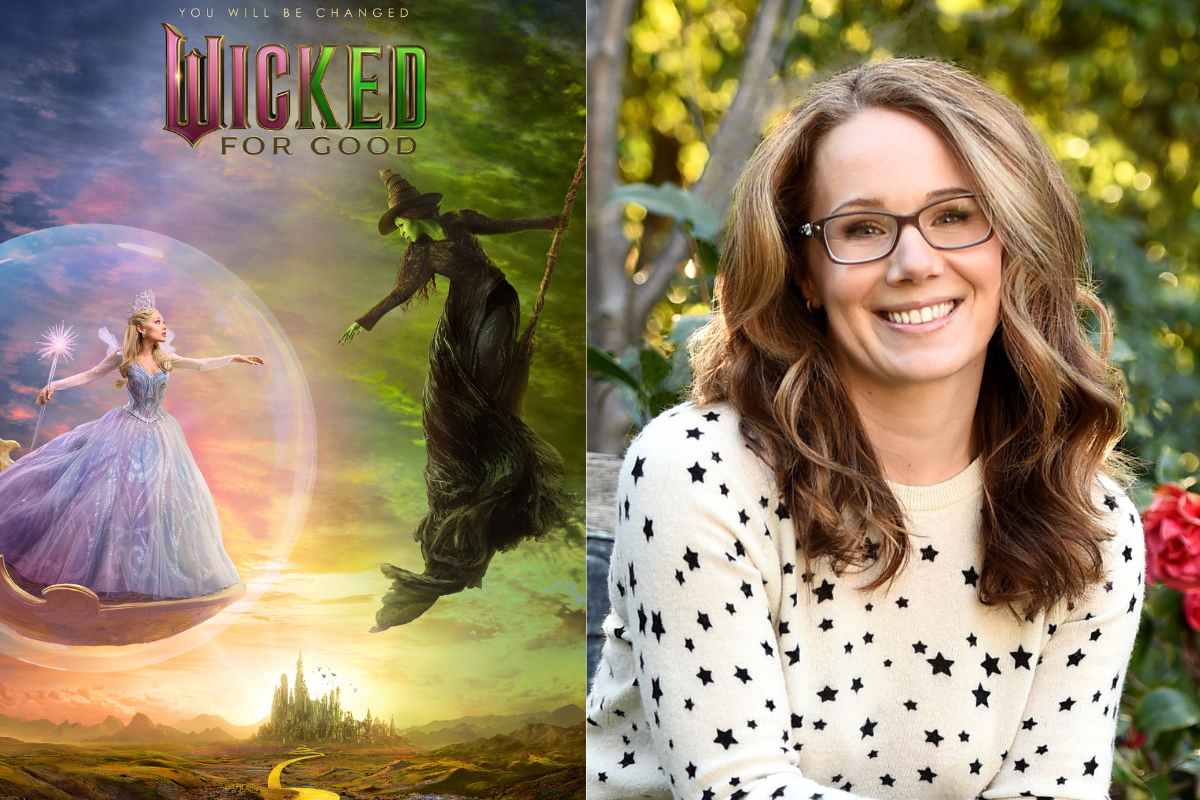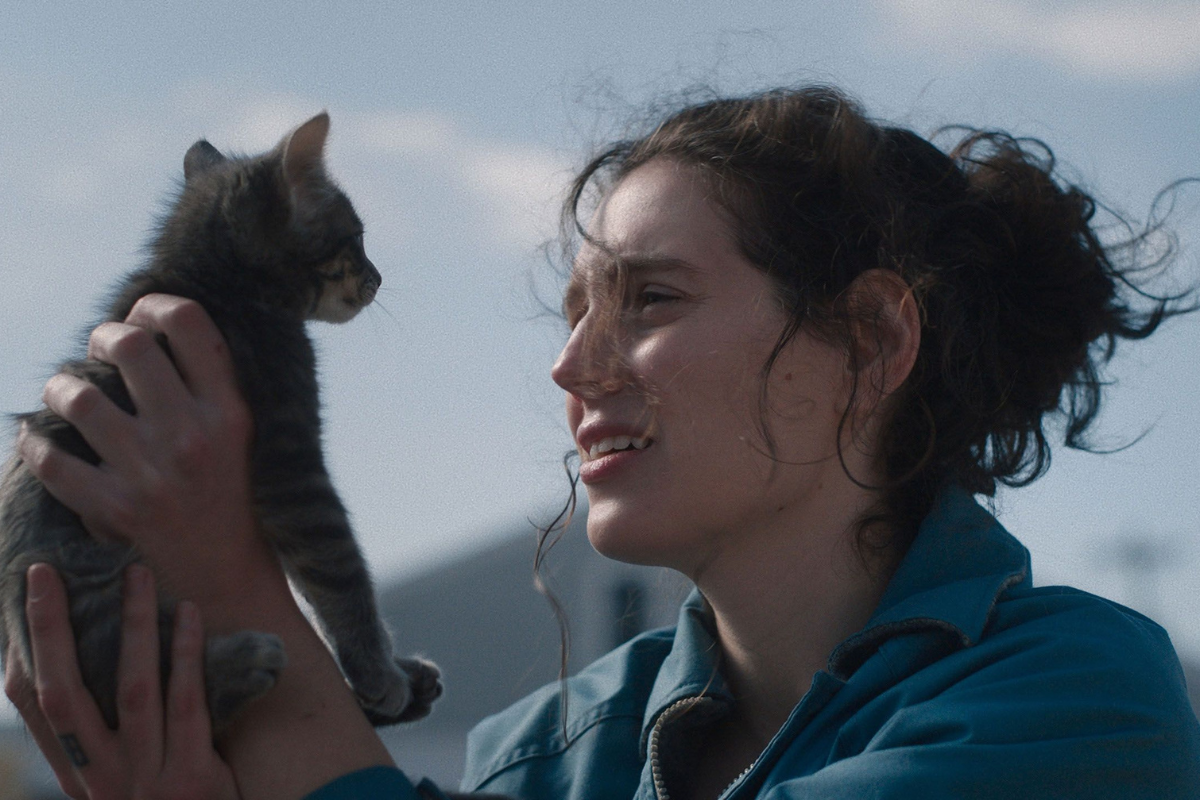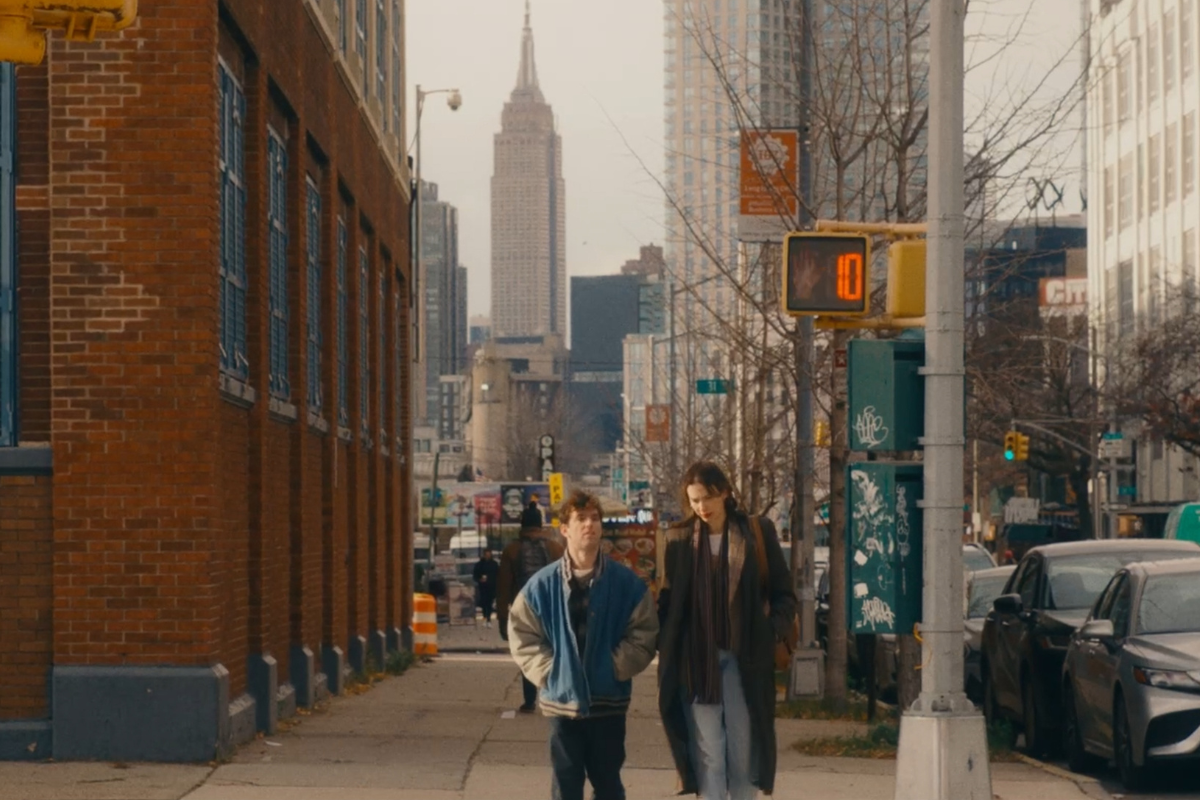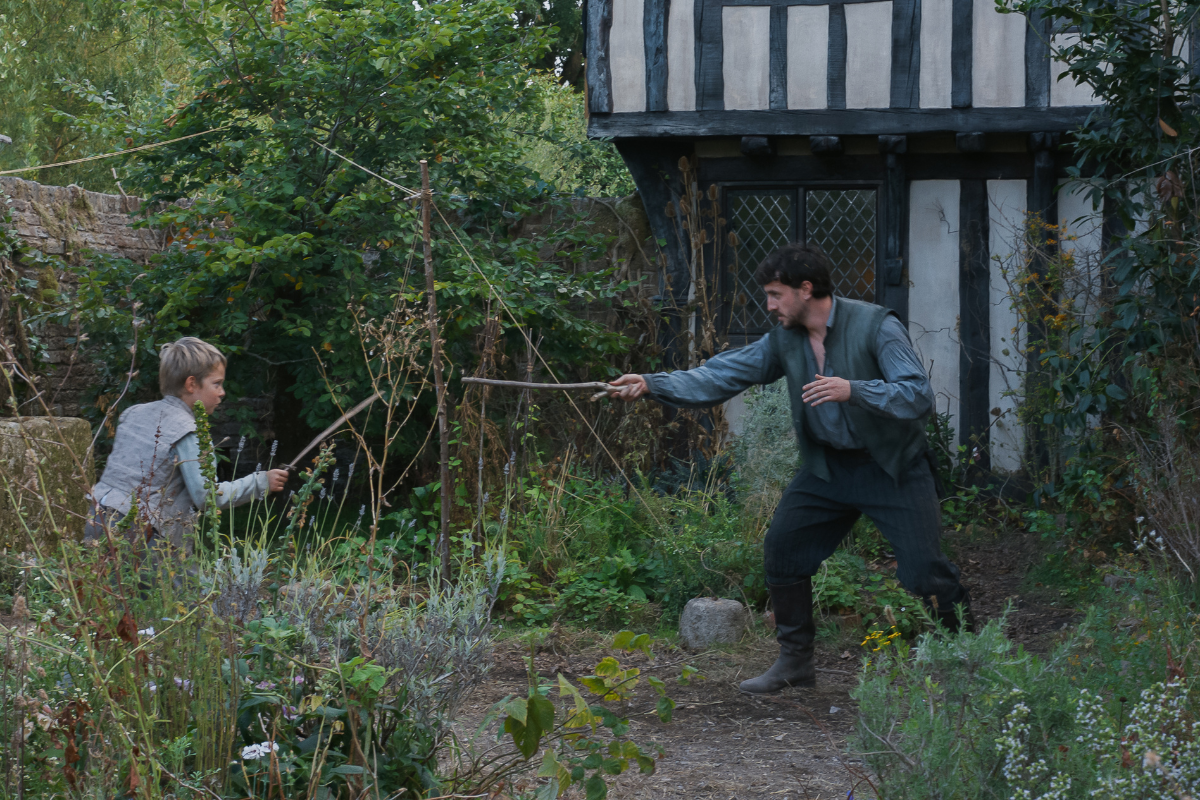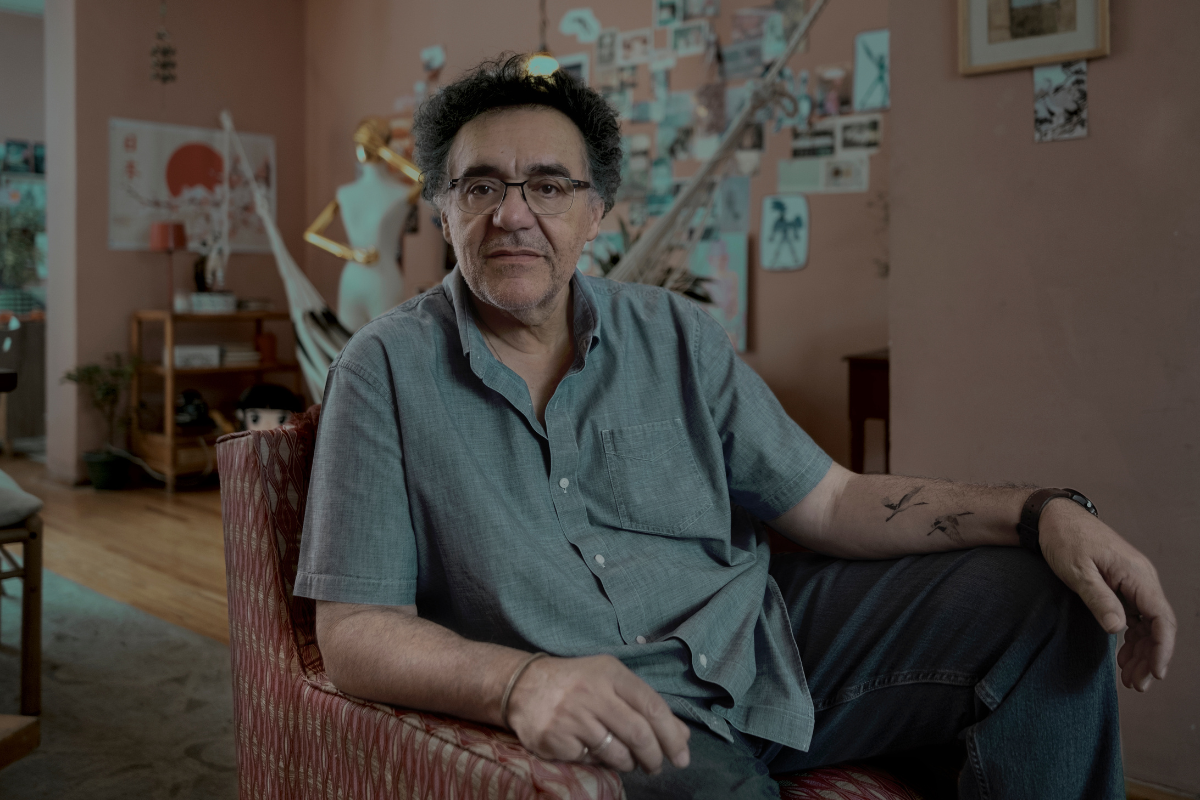The Beauty of a Moment: An Interview with Stephen Karam
‘The Humans’ writer-director Stephen Karam speaks with Script contributor Sonya Alexander about adapting his new film from a play, writing characters and themes, and writing dialogue for both film and plays.
Tony-Award winner Stephen Karam has a knack for examining the interstitials of family life compounded by ennui that's induced by capitalistic pursuits. His creative eye is both roaming and steadfast, capturing certain moments in time that we can all relate to on some level. He finds beauty in the familiar and the latent humor that can be buried under a painful situation.
Most of Stephen’s writing has been geared towards the stage. Sons of the Prophet (2012) and The Humans (2016) have won numerous awards including New York Drama Critics' Circle Award and Drama Desk Award. They also were both finalists for the Pulitzer Prize in 2016. Suffice it to say, Stephen is a word magus, conjuring images of the quiet interplay that exists in American families. His Lebanese and Irish American roots are a major source of inspiration for him.
The hilarious Speech & Debate (2017) was his foray into screenwriting. He adapted it from his 2006 well-received play of the same name. Next, he had the daunting task of bringing Anton Chekov to the big screen with his interpretation of The Seagull (2018).
The Humans, released by A24, is Stephen’s directorial debut. Catch it in limited release in theaters or streaming on Showtime on November 24. It’s a thoughtful look at the exquisite nature of flawed humanity. The cast includes Richard Jenkins, Amy Schumer, Jane Houdyshell, Beanie Feldstein, Steven Yuen, and June Squibb.
Why do you think you were the right person to tell The Humans story?
It comes from my gut. It feels very much like an emotional autobiography. I don't think I could literally write about my family if I had to do it in a fact-by-fact basis, I'd feel paralyzed. Creating a little bit of a shielded fiction and conjuring the Blakes is leaning into a group of people I know and love and abstracting them.
What is this family like outside of the moment and time you show us?
One of the things that I'm excited about is the voyeuristic way you get to meet them. You get to observe them and their flaws. Outside of the family dynamic, they are different people. Brigid is that twenty-five-year-old girl who still wants to get close to her mother. She doesn't understand how much she's like her mother. I imagine that Brigid is a vastly different character than when she's introducing people to her partner for the first time. With Richard, we get a glimpse of how hilarious, strange, and what a weirdo he is when he's at the fireplace and in other scenes. You get glimpses throughout the film of the pressures of what people think they have to be.
Who do you think is the spectral lady? The faceless lady?
Who do you think it is?
I thought she symbolized a personal fear each of them had.
That's why I like putting it back to you. That's a great answer while still holding several ambiguities. I would add to that that there are elements that are placed to be absorbed in not a hyperconscious way. Like Erik thinking he's seeing the snow falling but it's really ashes from an ashtray.
Do you find writing invigorating or exhausting?
Both! [laughs] Obviously more invigorating but there are a lot of stretches of exhausting work. It's all worth it when you've fought through the rough patches to write something authentic.
What were the challenges of adapting The Humans, a one act play, to a screenplay?
Take your pick! [laughs] I think adaptation is hard, period. I think when something works well in another genre, it's very hard to free yourself of that, of what made it work in the genre. I tried to focus on being unafraid of failing. Knowing that if I failed, I failed, but that failure would be better than a mediocre, safe adaptation that wasn't even a percentage as good as the play.
This was your first time directing a film. Did you approach the writing differently?
When you know you're doing both, you can be the screenwriter you're often told not to be. Just feeling the freedom...it's the most visually explicit screenplay I'm sure I'll ever write until I'm directing again.
What's next on your plate?
I'm dreaming up a new play and a new film that I aspire to direct one day. An original script for film and an original script for theater.
Are there any themes you gravitate towards?
Problems I can't solve or questions that I'm wrestling with. If I can put those questions in a story, I stay invested. The stories take on a searching quality and I like going on that kind of journey.
Do you have a writing process?
Not a good one. [laughs] If I'm not producing pages that I feel are meaningful, I do research. I always try to stay connected to the task.
What first inspired you to write?
I was young and just started imitating things I loved, like Little Shop of Horrors. So, I started as an imitator.
Plays are heavy in dialogue and the movie The Humans is heavy in dialogue. What's the key to writing dialogue that rings true?
I'm going to throw you for a loop and say that I cut a third of my dialogue in the translation to film. So, I'd say one of the keys is to figure out how much you can say without using dialogue, especially if you're adapting from a play. I don't have any technical advice about dialogue, but I'll say keep writing the thing that only you could write.
Do you have any playwrights or screenwriters who've influenced you?
I guess mostly auteurs. Fassbinder....Edward Yang's Yi Yi...gorgeous movie. Kieślowski, a Polish filmmaker. Filmmakers who seem to have a deep relationship with their screenwriters.
I noticed a lot of the opening shots in The Humans are of the sky, looking up from the building.
That first shot is from my old apartment...!
Oh! What were those shots supposed to symbolize or be a metaphor for?
I think the whole movie's a little uncanny. It's like looking at super-familiar things in a new way. Looking up was so beautiful to me. The geometrical shapes. It took me back to fourth grade. Like doing an art project with construction paper but it's all just real. I thought it was a perfect visual metaphor for the film.
Learn more about the craft and business of screenwriting from our Script University courses!
Sonya Alexander started off her career training to be a talent agent. She eventually realized she was meant to be on the creative end and has been writing ever since. As a freelance writer she’s written screenplays, covered film, television, music and video games and done academic writing. She’s also been a script reader for over twenty years. She's a member of the African American Film Critics Association and currently resides in Los Angeles.


